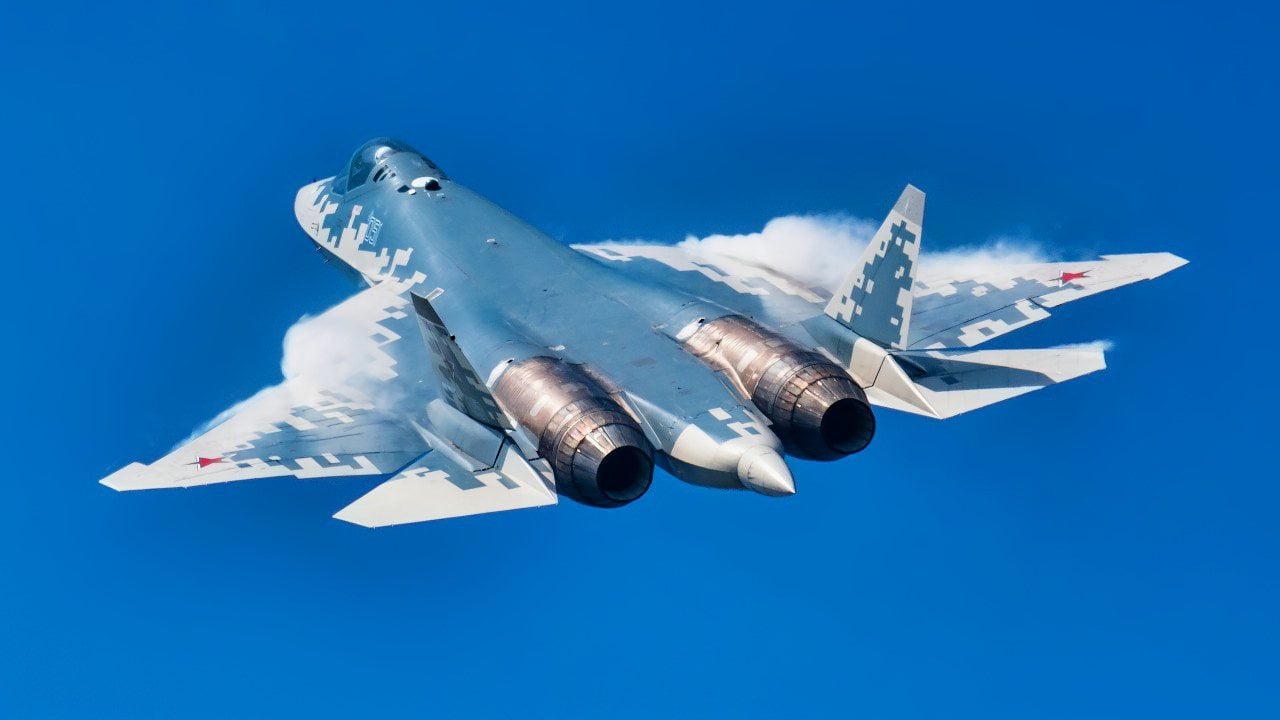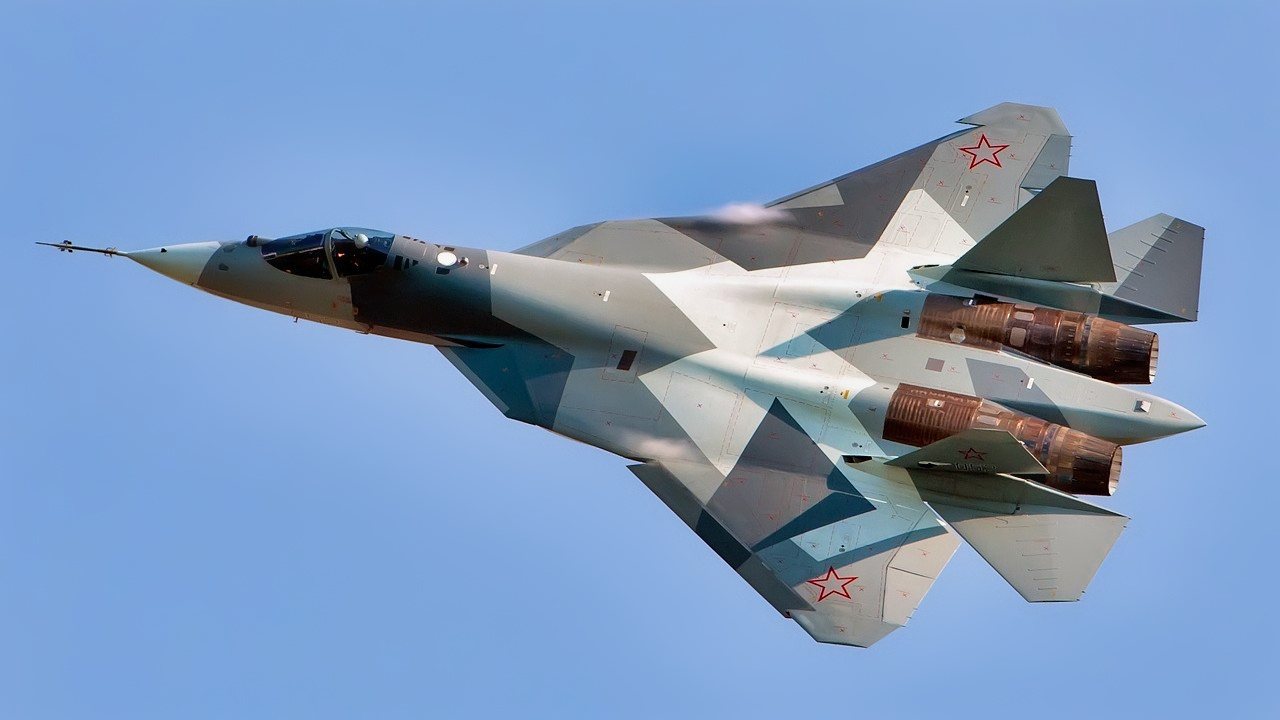Russia and India Almost Built the Su-57 Felon Stealth Fighter Together
India initially partnered with Russia on the PAK-FA project, now known as the Su-57 fighter jet. However, India withdrew due to concerns over the aircraft's engineering quality, high costs, and low order volume.
Summary: India initially partnered with Russia on the PAK-FA project, now known as the Su-57 fighter jet. However, India withdrew due to concerns over the aircraft's engineering quality, high costs, and low order volume.

-The unreliable Saturn AL-41F engine and the haphazard construction of the airframe further solidified India's decision.
-Originally planning to buy 144 jets, India's withdrawal left Russia with a reduced procurement plan and rising unit costs.
-Despite Russia's attempt to rekindle the partnership in 2018, India remained firm in its decision, a move that now appears justified given the Su-57's continued production issues.
Su-57 Fighter Jet Program: India's Exit Explained
For a moment, Russia and India looked set to collaborate on a future fighter jet. The project, known during its design phase as the PAK-FA, has since become the Su-57. It would have featured Russia’s famed Sukhoi and India’s lesser known Hindustan Aeronautics Limited. Of course, the Indians pulled out, leaving the Russians to develop the Su-57 alone.
Why Did the Indians Withdraw?
India was concerned with various aspects of the Su-57 program. The engineering quality of the aircraft, for one, and also the program’s high costs and low order volume. As construction progressed, the aircraft’s engine proved unreliable, as did the airframe’s stealth performance. The lack of reliability registered with the Indians, and they left the program.
“Ultimately, the financial and technical risks prompted India to abandon the $295 billion agreement,” Maya Carlin wrote for The National Interest, “deciding that the potential benefits did not justify the projected $32 billion cost.”

Originally, India intended to procure 144 Su-57s; Russia intended to procure 250. However, in 2015, Russia adjusted their procurement projections to a mere dozen to sixteen Su-57s. The reduction was significant in that it meant production costs per unit would go up. The reduction also raised red flags for India, which had to wonder why Russia didn’t want an aircraft Moscow itself had developed.
India withdrew from the program entirely. It procured zero aircraft and cited four major concerns.
India’s biggest worry was the engine. The Saturn AL-41F was buggy, unreliable, and it compromised the jet’s radar cross section. Beyond the shoddy engine, the Indians were also concerned with Sukhoi’s quality control. Construction of the airframe appeared to be haphazard. One Su-57 prototype reportedly needed patches on its wings to prevent them from coming off during high-g maneuvers. Watching Sukhoi essentially patch their fifth-generation prototype together with duct tape and bubble gum was too much for the Indians.
“The investment of $6.7 billion would give India only four prototypes of the [PAK-FA] aircraft and it will have to pay another $135 billion each for the 127 planes, which would be ready for induction only after 2027-28,” India Today reported in 2017. “The cost per aircraft at the time of delivery in 2027-28, due to high inflation in defense deals, would come around $250 billion bringing the total project value to around $32 billion.”

Delhi was unwilling to justify such extravagant spending on a product it had lost faith in.
In 2018, Russia asked India to reconsider. “I believe that we should resume this project, Russia is open to that,” said Vladimir Drozhzhov, the deputy director of Russia’s Federal Service for Military and Technical Cooperation. “We are ready and are proposing this program to our Indian partners.”
India refused to rejoin the partnership that had gone so poorly. The decision seems prescient; only 22 Su-57s have been built, even though the airframe took its maiden flight 14 years ago.
About the Author: Harrison Kass
Harrison Kass is a defense and national security writer with over 1,000 total pieces on issues involving global affairs. An attorney, pilot, guitarist, and minor pro hockey player, Harrison joined the US Air Force as a Pilot Trainee but was medically discharged. Harrison holds a BA from Lake Forest College, a JD from the University of Oregon, and an MA from New York University. Harrison listens to Dokken.
All images are Creative Commons or Shutterstock.


